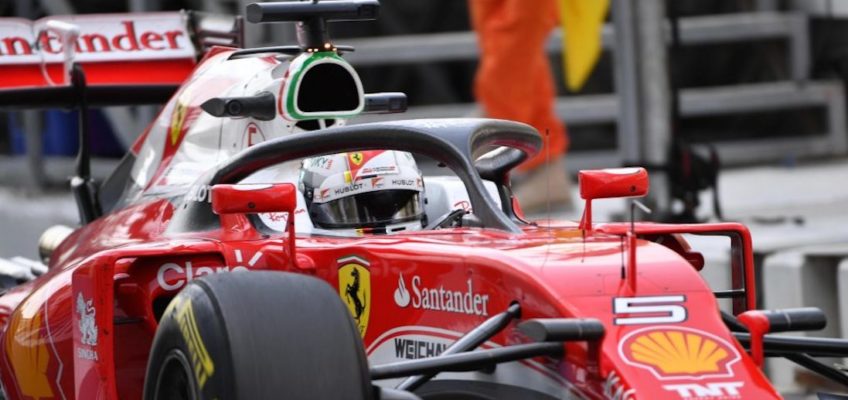by H. Mayor – photo: f1.com | Many were unsure about the impact that the stringent regulations introduced into F1 for the year 2017 were going to have in the competition. Looking back on it now, these don’t seem to have substantially affected the racing as far as show and competitiveness are concerned.
With the past years’ controversies put to rest and during these months of impasse and in-between competitions, a number of new norms and specifications are coming out for next year and, although most are reasonably minor, there is one which continues to generate doubts and scepticism from the teams: the Halo.
What is the Halo? It is a new, three axis protection, that will surround the cockpit of the single-seaters effectively shielding drivers from any flying objects which, in case of an accident, might impact on their heads. This past year some scuderias have already tested a series of prototypes of this major piece of equipment (which is bound to have implications far beyond that of improving safety) in some races as a form of initial testing. Teams will have to consider its effects in terms of weight, aerodynamics (which the Halos tested this season were meant to assess), cockpit visibility, design and why not, its commercial impact.
One of the first consequences of Halo is the need for teams to redesign their chassis for 2018 as well as introducing some structural safety improvements which will allow for the new piece to be fitted for its purpose. “Basically they’re trying to push the halo off from just to the side of the driver, with a big hydraulic ram. It’s supposed to deform and fail, and the chassis has to remain completely intact, with not a single point of failure (…) You’re up against trying to design a chassis that doesn’t fail, whilst something else is failing around it. It’s incredibly difficult to predict how it interacts with the chassis, because it all moves and turns into a different shape (…) The frustrating thing is just the time that we’ve had to do it, if we’d known about this in March we’d have been in a much more comfortable position.” Declared a few days ago Andy Green, technical director of Force India, one of the first teams in giving the final touches to their piece.
Other developments for 2018
There are other issues linked to the implementation of Halo, most significantly the increased weight allowance of vehicles to accommodate for the new piece. Despite this, weights will have to be redistributed in the design and it might even affect the physical condition of drivers. Pilots weight and height, and how these affect their visibility will have to be taken into account with some pilots already expressing their uneasiness about this. There have also been talks of its commercial possibilities. The Halo will occupy a very prominent place in the vehicle and it is likely to be wide enough to be very attractive for advertising.
The Halo is in sum, the biggest safety regulatory change for next season when biometric gloves, providing real-time pulse and other medical data, will also be introduced. Other new developments are the restriction to use just three engines over a single season and the increase from five to seven tyre components. The World Championship will start on the 25th of March in Australia with a 21 race calendar and with France and Germany as new hosts for the season. The grid is also virtually settled with just Williams and Sauber left to finalise their deals.





Leave a Reply